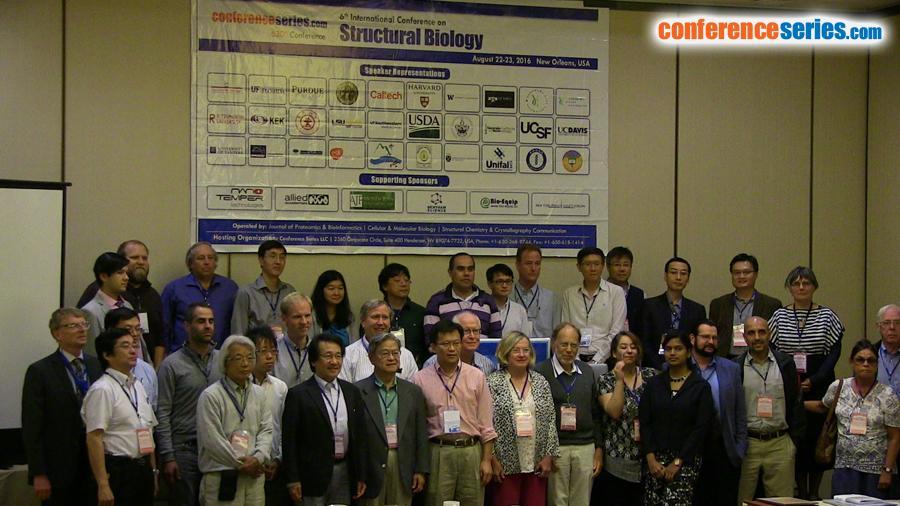
Angel A Islas
Universidad Autónoma de Puebla, Puebla, Mexico
Title: Prediction of protein-protein interaction in the twilight zone of low homology for the modulation of an ion channel: An analogy approach
Biography
Biography: Angel A Islas
Abstract
The tenet of homology modeling relies on the tendency that the divergence of structure directly reflects the variation in amino acid sequence identities. Hence the higher the sequence identity (homology) between a target and a template structure the more reliable the predicted target structure should be. This has been a useful paradigm to generate motifs, folds and domains of the proteins that have not been crystallized. Albeit, the study of dynamic protein-protein interactions (PPIs) that underpins natural phenomena – gating ions through cell membrane channels in the present case – requires the identification of functional interfaces. Here we demonstrate how a hitherto unknown PPI can be studied even under extremely low homology conditions (far distant phylogenic relationships) by an analogy protein modeling. This approach can overcome the problem of structural uncertainties due to random sequence similarities and can lead to additional insights where three-dimensional data is missing. It proposes – what we call – a common epi-homology feature which is neither structure-bound nor related to protein activity. Eventually, it was the distinction between reversibility and irreversibility of PPIs. The finding enabled us to identify two adjacent amino acids at the postulated reversible interface between two subunits (alpha and beta-1) of the skeletal muscle voltage-gated Na+ channel (Nav1.4). A single side-directed mutagenesis study combined with subsequent electrophysiological characterizations provided the proof of concept and validation. The outcome was a double mutant (T109A, N110A, called TANA for short) that caused the highest loss-of-function effect in the literature (“Identification of Nav β1 residues involved in the modulation of the sodium channel Nav1.4”; Islas AA, Sánchez-Solano A, Scior T, Millan-PerezPeña L, Salinas-Stefanon EM; PLoS One. 8(12): e81995; 2013; “Predicting a double mutant in the twilight zone of low homology modeling for the skeletal muscle voltage-gated sodium channel subunit beta-1 (Nav1.4 β1)”; Scior T, Paiz-Candia B, Islas ÁA, Sánchez-Solano A, Millan-Perez Peña L, Mancilla-Simbro C, Salinas-Stefanon EM; Comput Struct Biotechnol J. 13: 229-240; 2015).


